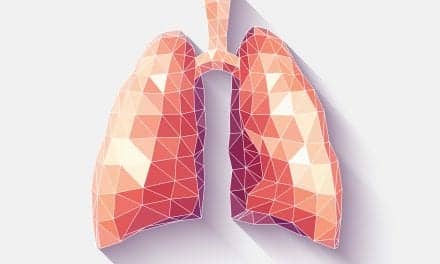Using capnography monitoring has reduced rapid response calls at White Memorial Medical Center (Los Angeles) by more than 50%, according to a video interview with Richard Kenney, MSM, RRT, NPS, ACCS, RCP, director of Respiratory Care Services at White Memorial and reported by The Physician-Patient Alliance for Health & Safety (PPAHS). The combination of using both capnography and pulse oximetry monitoring has delivered a huge win-win for his hospital and for patient safety, Kenney says:
“The combination of the two allows us to cover, if you will, our bases, meaning that we can monitor the respiratory rate, the heart rate and cases of the pulse oximetry it gives us a better reading knowing that their profusion status is good. … [We] can intervene much quicker for patient safety than we did in the past; so the combination of being able to monitor both oxygen and ventilatory status is a win-win for the patient.”
In the interview, Kenney offered 5 keys to avoiding respiratory depression during conscious sedation:
- Recognize that Each Patient Reacts Differently to Opioid Dosages
- Don’t Rely Upon Pulse Oximeter Monitoring
- Monitoring with Capnography Provides a More Accurate Assessment of Patient’s Ventilatory Status
- Ensure that Nursing and Respiratory Therapists are Working as a Team
- Using Capnography Monitoring has Reduced Rapid Response Calls by More Than 50%
Watch the interview below, or read more at PPAHS.org.










